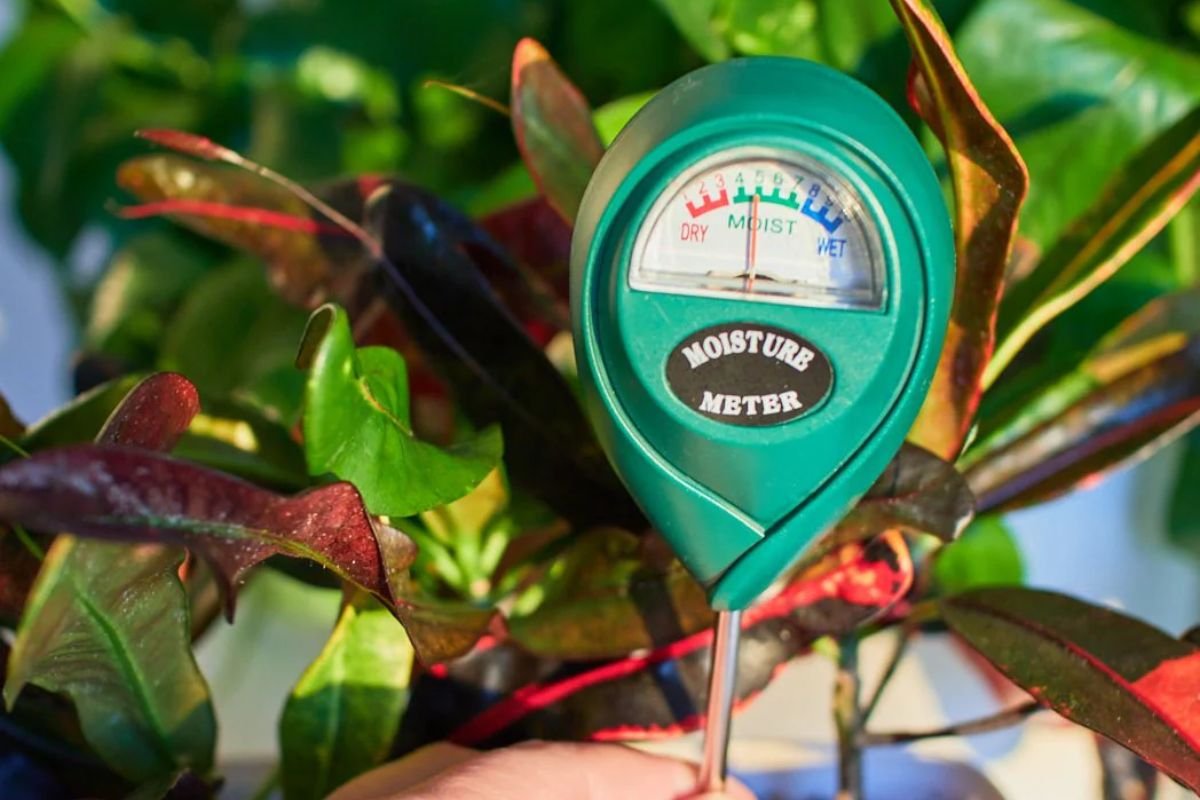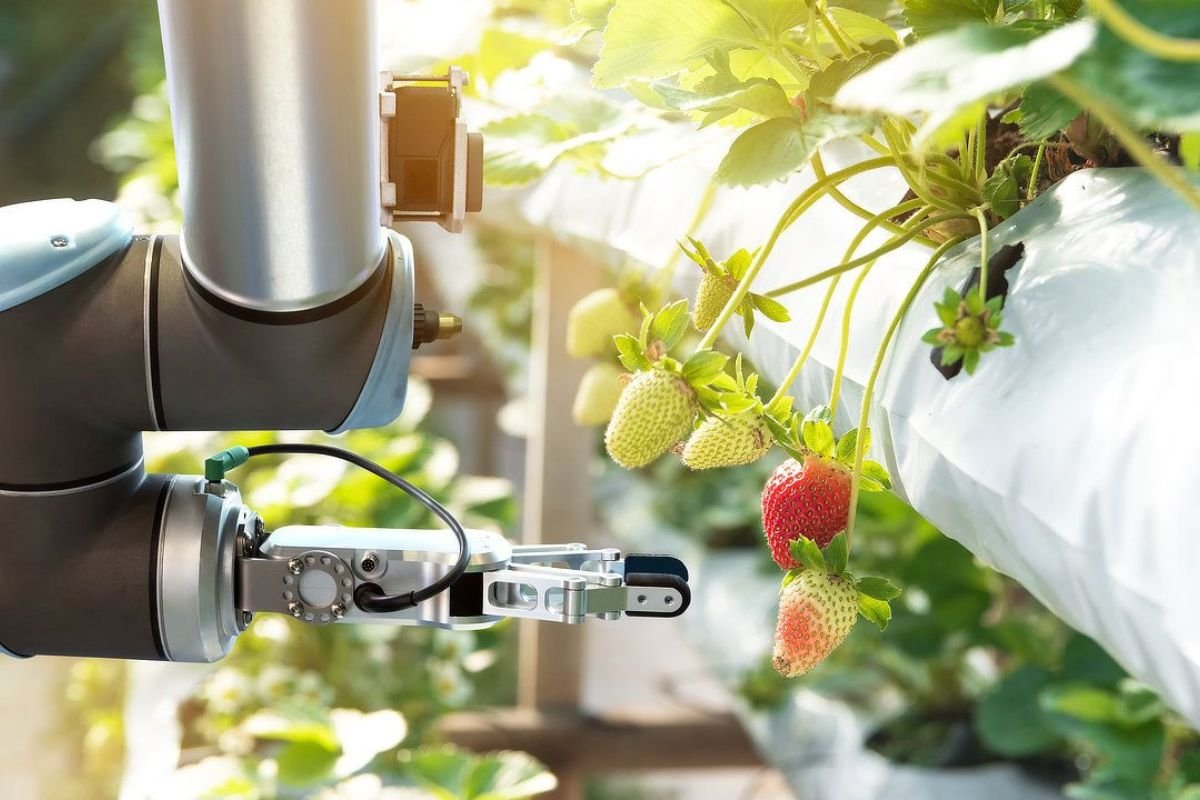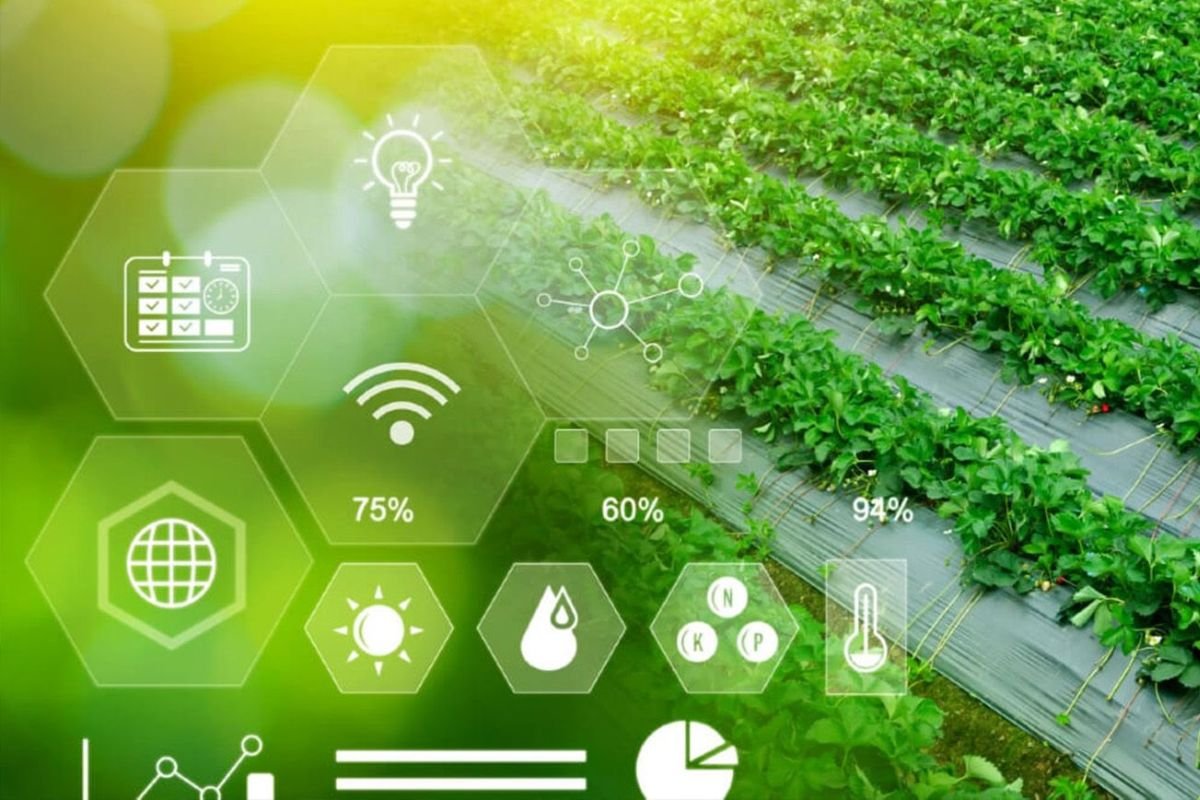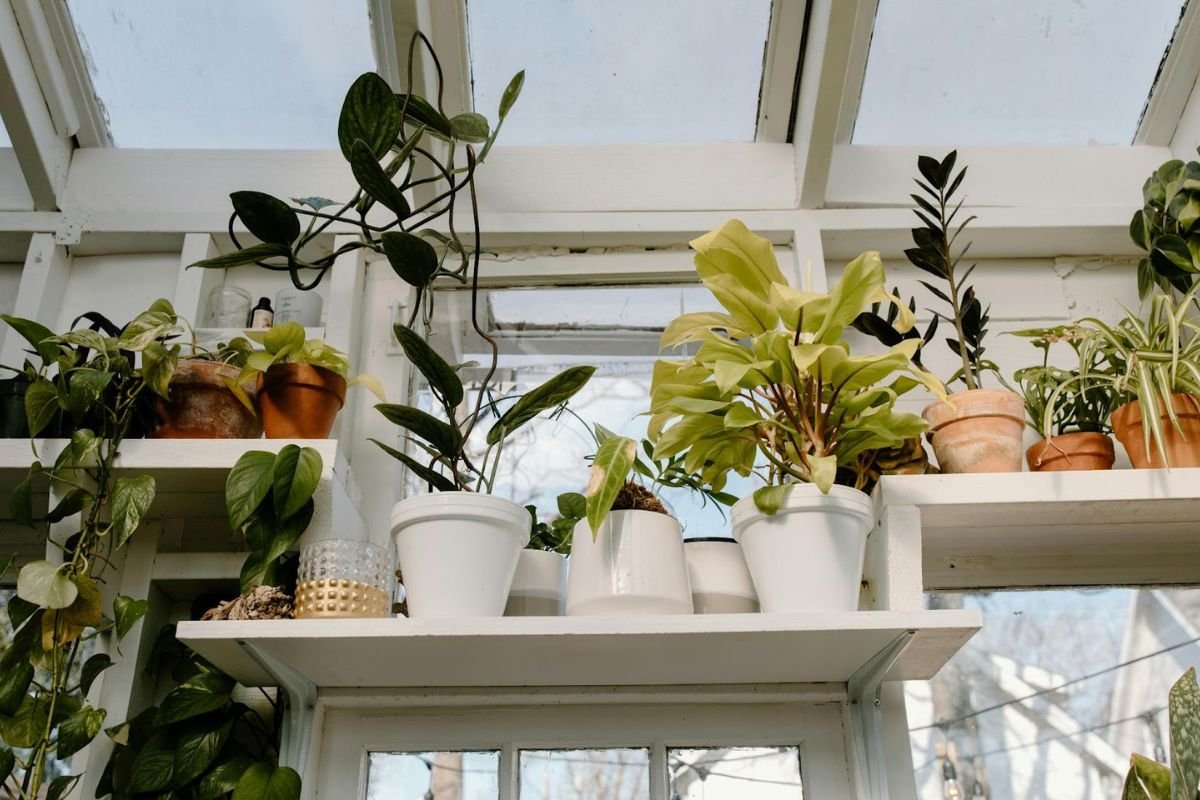Plants have a way of telling us when they’re unhappy, but without the right tools, their signals are easy to miss. Too much water, too little sunlight, the wrong temperature, it’s easy to get it wrong. That’s where smart plant sensors step in, giving you a look into what your plants need. That’s pretty cool, don’t you think?
How Smart Sensors Work?
These devices track basic conditions such as moisture in the soil, light intensity, temperature and, in certain models, nutrient content. Most come with a smartphone app and will issue subtle reminders when it is time to give your plant a drink or a new location. Some also integrate into broader smart home systems so that your plant’s requirements will result in an automatic action, such as lamps dimming or irrigation controls kicking in, with no action required on your part.
Selecting the Appropriate Device

The best sensor for you will depend on your collection of plants and how hands-on you want to be. Minimalists may favor a basic moisture tracker that will only signal you when you need to water. Enthusiastic indoor gardeners may favor multi-function smart plant sensors that provide historical data, track growth and provide recommendations based on specific species of plants. Be sure to check battery life and connectivity type as well as whether the smart plant sensors will work for indoor, outdoor or dual use.
Why They’re Worth the Investment?

A thriving plant doesn’t just look nice, but will also clean the air and make the space more welcoming. A smart sensor will help you avoid losing plants through overwatering or forgetting. You won’t depend on guessing but on precise, regular measurements. This is a real boon in an office or home where the plants sit idle for days on end. You always know what is going on, even from afar.
Tech Inspiration From Science
Intriguingly, how certain sensors work reflects the methodologies applied in in vivo experimental design, where one tracks the living systems as they respond to fluctuating conditions. Although these plant sensors are not performing research on those plants, the ongoing measurement and feedback loop is rather analogous and serves to fine-tune care over time.
Making the Best Use of the Data

The readings are only half the process. The true benefit occurs when you apply the knowledge. If a plant is continually low on moisture, maybe the soil mix must be optimized. If light readings are low, it might be worth repositioning the plant near a window or, as an addition, with a grow lamp and see if it improves. With regular use, you will begin to see a pattern that will simplify and become more instinctual in caring for your plants.
Setting Up for Success
Set sensors at the root zone for best readings and make sure they’re set up based on the manufacturer’s recommendations. Clean them regularly and, if battery-powered, replace batteries soon so you don’t have gaps in data. If you’re using more than one sensor, label them so you can relate them uniquely to particular plants, esp. in larger collections.
Thriving Green Environments, Everywhere
From tiny flats to business reception rooms, smart plant sensors will revolutionize the way you look after vegetation. plant sensors take the guessing out of it, substitute it with useful knowledge, and make looking after plants an activity you can really indulge in. With the proper plant sensors, your plants will be thriving, and you’ll notice the boost on a daily basis.









